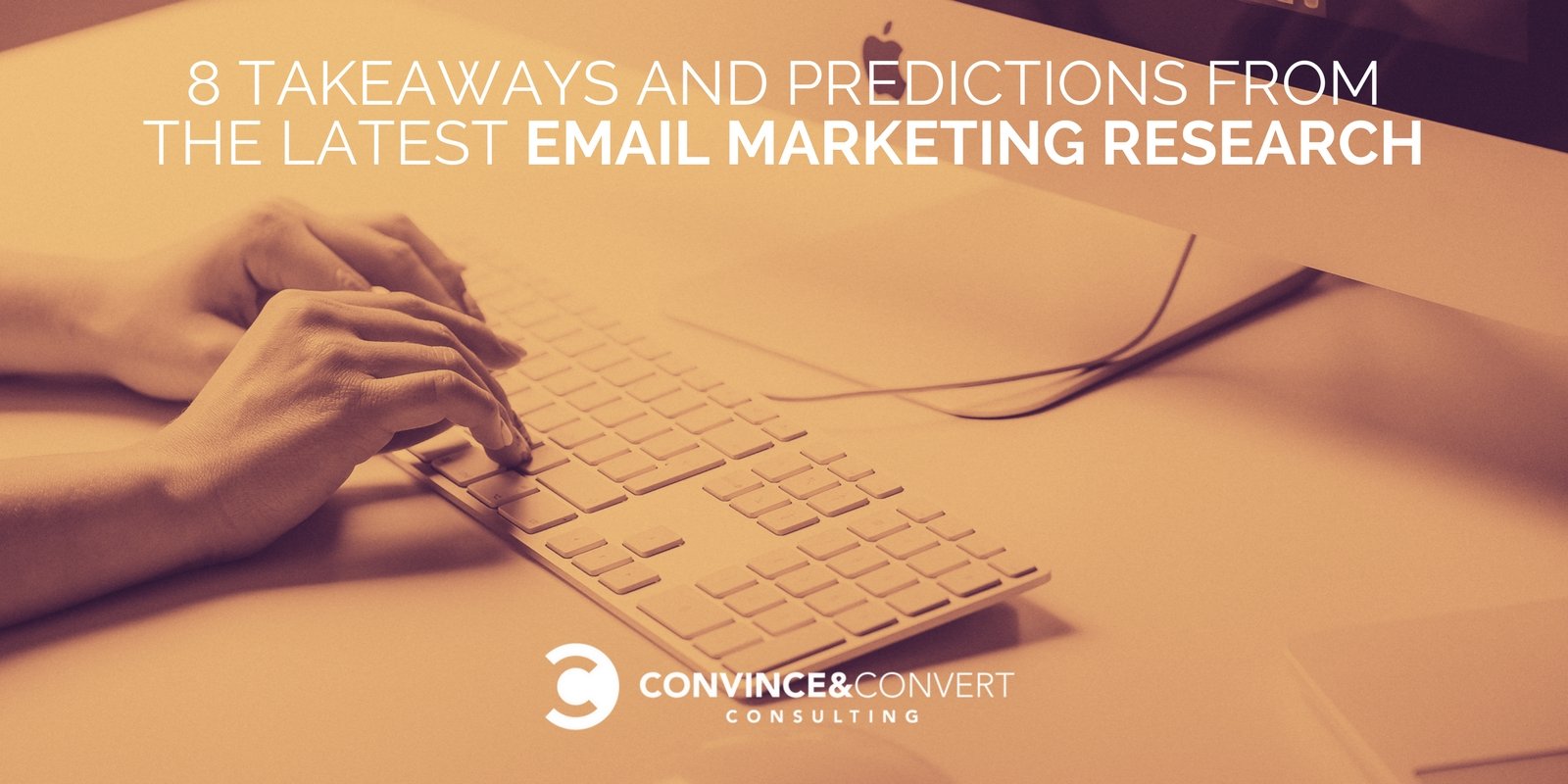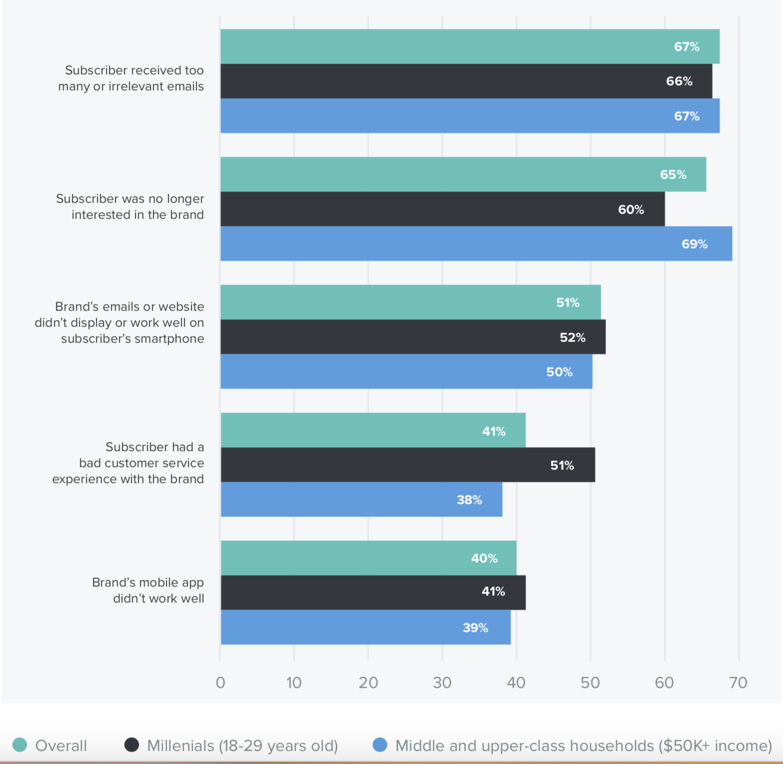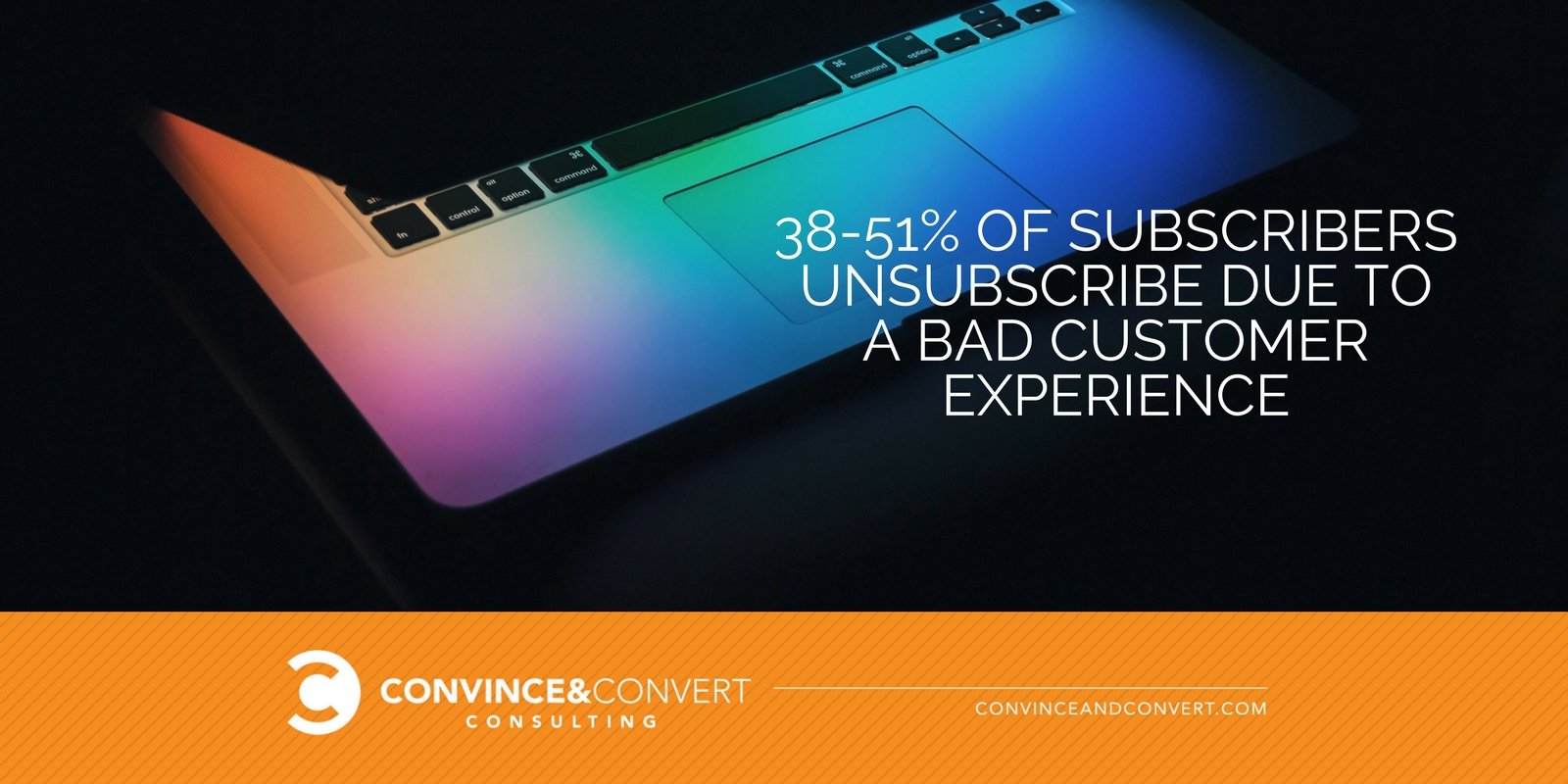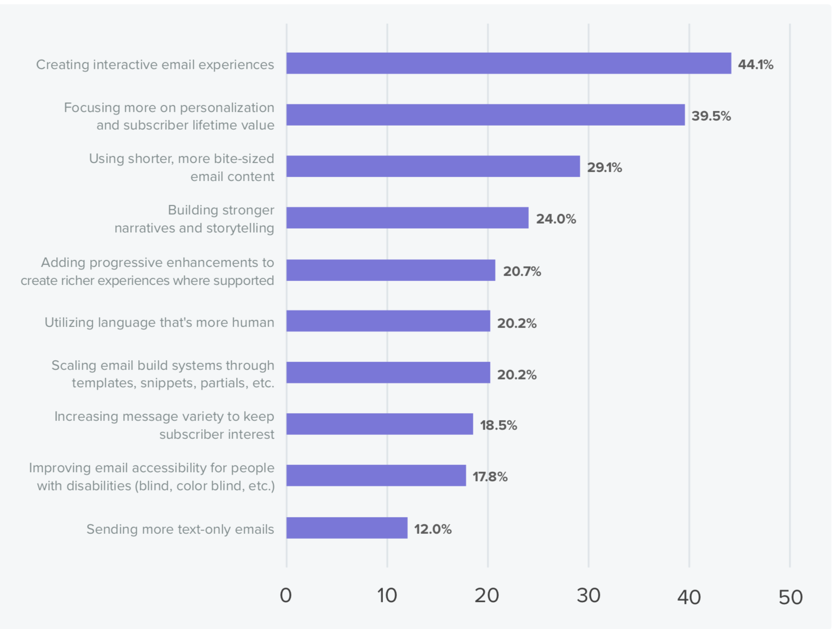The report Global Biotechnology Separation Systems Market Research 2018 is intended to give you a sweeping and explicit overview of a market or industry that you are focused on. The global Biotechnology Separation Systems market will reach xxx Million USD in 2018 and CAGR xx% 2018-2023.
Gaijin Panty
No Judgement Here
Vaccines: Vital in fighting antimicrobial resistance

In recognition of BIO’s 25th Anniversary, each month we are celebrating historical milestones in biotech. This week marks World Immunization Week and we are pleased to share a guest post from Thomas Cueni, Director General of the IFPMA, and Chair of the AMR Industry Alliance on the role that immunization plays in fighting antimicrobial resistance.
**
We have been lucky to live through a period of improving global public health, facilitated in part by innovation from and partnerships with the pharmaceutical industry. However we now find ourselves facing a new threat from an old foe – infectious disease through antimicrobial resistance (AMR). The challenge ahead is extensive but this World Immunization Week reminds us that we already have access to an underused AMR defense – vaccines.
AMR develops when an infectious microorganism (bacteria, virus, parasite and fungus) no longer responds to a drug to which it was originally sensitive. Drugs can lose their effect because the microbes change; either they mutate or acquire genetic information from other microbes to develop resistance. The phenomenon is accelerated by use, and especially misuse, of antimicrobial medicines whereby resistant strains survive and aggregate.
Antibiotic resistance has the power to transport us back to a time when minor infections were deadly. As an example, since the 1970s the typhoid bacteria has been evolving and typhoid, an otherwise vaccine-preventable infectious disease, is becoming increasingly resistant to antibiotics, resulting in the emergence of multi-drug resistant typhoid. AMR is responsible for around 700,000 deaths annually but this could rise to 10 million by 2050, surpassing the number of deaths expected from cancer, if major action isn’t taken soon. Beyond the tremendous increase in mortality, direct medical costs and loss in productivity could cause a huge financial burden of around 60–100 trillion US dollars a year.
Immunization has a crucial role to play in the reduction of AMR. Vaccines are one of the most cost-effective health tools; every dollar spent on immunization is estimated to provide returns of $44 in economic and social benefits[i]. In regards to AMR, vaccines can help to:
- Reduce the use of antibiotics by preventing bacterial infections before they occur, thus removing any need to treat the infection. Increasing access to vaccines such as pneumococcal and meningococcal conjugate can decrease infection rates and consequently antibiotic use
- Reduce the prevalence of viral infections, which are often inappropriately treated with antibiotics and can give rise to secondary infections that require antibiotic treatment. Immunization against viral influenza can reduce antibiotic use by as much as 64% in vaccinated individuals[ii]
- Reduce the number of infections in the population through direct protection of vaccinated individuals and by reducing carriage (the infection of an individual without causing symptoms), thus limiting the spread of infections within a community (herd immunity)
- Limit the spread of AMR organisms within and across communities by reducing the volume of visits to healthcare points of care, especially hospitals, which are themselves a source of infection
Vaccines can be utilized in the fight against AMR in three main ways. Firstly, current vaccination efforts through National Immunization Programs need to be encouraged and universal access to existing vaccines needs to be expanded. The global health efforts to eradicate smallpox show that this is a feasible prospect.
Secondly, immunization programs need to be offered to children and adults alike as part of a life-course approach to preventing disease, which stresses the importance of vaccination at all stages of life to help prevent illness. Adult immunization programs provide a cost-effective approach to promoting health and wellness in older populations (whose immune systems gradually weaken) and in people who have underlying health problems.
Finally, industry needs to prioritize the R&D of new vaccines – especially for diseases that pose the biggest threat to drug resistance (the WHO has a priority list of antibiotic-resistant bacteria). There are scientific and commercial challenges in developing new vaccines and more investments from both public and private sources, as well as economic and regulatory incentives, are needed to overcome these hurdles.
Expanding access to vaccines should be viewed as a key component to achieving Universal Health Coverage and most of the SDGs, but is it also a fundamental strategy in achieving other health priorities such as AMR. The scale of antimicrobial resistance has never been so large, and with that global attention is high. In 2016, over 100 companies signed the Industry Declaration on AMR and 193 countries committed to fighting AMR by signing a UN declaration on antimicrobial resistance.
The AMR Industry Alliance is an industry initiative that brings together over 100 companies breaking silos between different sectors such as biotechs, diagnostics, generics and R&D pharma. It ensures signatories deliver on specific commitments made in the Industry Declaration on AMR and the Industry Roadmap. One of the key pledges is to foster innovative approaches to using alternatives to antimicrobials and new technologies for diagnosis and vaccines. The Alliance calls for an integrated deployment of vaccines and medicines, diagnostics, antibiotics and other therapies to address the multiple challenges across the continuum of care – from prevention, monitoring and screening to treatment.
Universal vaccination and the successful development of new or improved vaccines are important measures in the long-haul fight against AMR. We are dedicated to working together as an industry to address AMR and partnering with world leaders and donors to ensure immunization can play its full role in achieving global health security.
[i] Ozawa S, et al. Return On Investment From Childhood Immunization In Low- And Middle-Income Countries, 2011–20. Health Affairs. 2016; 35(2)
[ii] Wilby K, Werry D. A review of the effect of immunization programs on antimicrobial utilization. Vaccine. 2012; 30(46): 6509-6514
The new Gmail has arrived: Expiring messages, smart nudges and more – CNET

Self-destructing email, smart nudges, offline storage and more new features are on the way for both G Suite and personal Gmail users.
[Read More …]
Global Cell Culture Media Market Will Reach USD 1394 Million by 2026: Zion Market Research
Emerging economies such as China and India are expected to experience a significant market growth owing to developing pharmaceutical & biotechnology industrial infrastructure and rising initiatives for life science research. Lack of skilled personnel for proper handling of culture media is expected to …
8 Takeaways and Predictions from the Latest Email Marketing Research

We have two recently released, well-authored research reports on email marketing that provide some very different-not contradictory, but different-assessments of email marketing as it stands today and where we’re headed. In this article, we’ll give you a concise look at each and the most relevant takeaways from each report, as they pertain to you and your business. Presumptuous of us? Nah. We know how marketers-and their extended teams-tend to think about such things.
You can access the full reports from the Litmus 2018 State of Email and the Campaign Monitor 2018 Email Predictions.
What makes this mash-up so interesting is that one is based on a great deal of quantifiable backward-looking data, and the other is based on predictions from a number of experts in the field. Does the analytical data support the forward-looking recommendations? Read on.
We’re big fans of Litmus and the services they provide, yet we’re not a shill for their services or offerings. They just provide really good and essential services to email marketers. So, it will not come as a surprise their report is chock full of solid insights, technological changes across the entire email client spectrum, marketing trends, and (understandably) a regular cadence of CTAs to learn more and engage with their brand. We’ve got four major takeaways for you on this report.
1. The 3 Audiences in Your Organization Who Need to See This Report
Those audiences are:
- Developers: The people who are hand-coding or tweaking in-platform templates with stuff like this: @media screen and (max-device-width: 320px) and (max-device-height: 568px) { /* Insert styles here */ } Scary! That is apparently important when viewing an email on an iPhone 8 in zoom mode.
- Marketing Managers, Strategists, CMOs: Anyone responsible for email results.
- Your In-House Council, Attorney, and CEO: Anyone who doesn’t want a massive fine or legal entanglement over your use of private data.
We did not include analysts in there because they’re usually too busy looking at their own collected data. The point is, this research report is broad enough that it spans multiple types of stakeholders who touch email marketing.
Action Item: Highlight the essential parts of this report and share them with your colleagues on a need-to-know basis, especially the developers. Your analyst could completely misinterpret your subject-line test results based on the unknown number of recipients who couldn’t view the email correctly on a particular email client on a particular mobile device. Yes, it is that granular.
And if it hasn’t hit the inbox of C-level execs yet, the GDPR rules and consequences are real. At the time of this writing, in fact, it’s all over the news. Be sure your organization has it all together on the new data and privacy rules (see Takeaway #4 below).
2. It’s About Subscriber Engagement, Not List Size
If anyone within eyesight of this is still being graded on list size, stop it. Stop it now. A massive surge in list growth is not a key metric if those subscribers are not engaging, interacting, replying, sharing, or purchasing. It’s a false metric-one that will absolutely skew your email marketing metrics.
Purge non-engagers, put them on a re-engagement campaign, implement ongoing automated list hygiene methods, and be aggressive in cutting the dead wood. If the boss doesn’t get it, forward this article, along with our contact info.
List size is a false metric-one that will absolutely skew your email marketing metrics.
Click To Tweet
Top Reasons Consumers Unsubscribe
The following graphic shows the percentage of consumers (out of 1,212 respondents) who have unsubscribed from a brand’s promotional emails for the designated reasons.

Those first two reasons should come as no surprise. The third most common reason, “Brand’s emails or website don’t display or work well on subscriber’s smartphone,” is scary because that aspect of accessibility is largely under our control! (See Takeaway #3 below.)
Most interesting to us, however, is that fourth reason. 38 to 51 percent of subscribers unsubscribe due to a bad customer experience. If this is the case in your organization, it’s time to address and achieve best-in-class customer service, because that is also under our control.
Action Item: If you’re stuck in an environment in which list growth is a key metric, and your paycheck depends on it, you have three options:
- Leave.
- Teach the C-suite that list growth is significantly less important than engagement.
- Hope for regime change, and hope you aren’t part of that change. (If yes, see #1.)

3. Email Marketing Is Way More Technical Now
How up-to-speed is your email/web developer? What’s the latest device’s screen size? How about its retina pixel count? How do you optimize for that? Should one optimize for that?
Here’s a quick test. Can your email/web developer tell you about at least four Samsung (not Android) mobile device rendering quirks that absolutely affect readability? (Pause for effect.)
(Still pausing.)
Knowledge like this plays a crucial role in generating engagement. Responsibility for that knowledge comes down to the person(s) dropping bits and pieces of code into your emails prior to sending. To be clear, we’re not shills for Litmus. But we do encourage you to adopt a tool like theirs to ensure your brilliantly crafted, written, and designed emails can actually be experienced as intended, on a plethora of ever-changing operating systems and devices.
Action Item: Continual training. Continual validation testing. It has to be part of the SOP for every email prior to scheduling. Invest time and money in your email developers, and provide them ongoing training.
4. The Rules of Compliance Have Changed
Data security, privacy, and transparency have become flashpoints for consumers, businesses, and governments thanks to both high-profile breaches and strict new laws that affect marketers worldwide. This goes beyond GDPR to include changes related to Canada’s Anti-Spam Law (CASL), the FTC review of the 14-year-old CAN-SPAM laws, Net Neutrality, and salient examples of data breaches.
General Data Protection Regulation (GDPR) Highlights
- GDPR will affect every company that uses personal data from EU citizens. If you collect email addresses from and send email to subscribers in the EU, you must comply with GDPR no matter where you’re based.
- GDPR has stricter regulations around consent and the use of personal data. It also carries higher-than-ever penalties for businesses that don’t play by the rules. Non-compliance can lead to fines of up to €20 million or four percent of a brand’s total global revenue-whichever is higher.
- Marketers who want to send email to EU citizens must review their email processes. Two options are creating separate sign-up processes for EU and non-EU subscribers and changing all opt-in practices to comply with GDPR.
Action Item: If you haven’t done so already, it’s time for your own internal data, privacy policies, and practices audit. Make any policy updates, and take any corrective action right away. (There’s sure to be some.)
There is a lot more covered in the report. It’s pretty granular and becomes more role-specific, so this is a good one to share with your extended team, especially the developers and implementers of your email assets. The assertions and recommendations in the report are based on data collected across their entire community of customers and practitioners.
Looking Forward
Both the Litmus and CampaignMonitor reports contain forward-looking predictions based on a combination of survey data and expert opinions. We’ve reviewed them using our own highly polished, critical prism and summarized the four most important ones below.
Which of These Will Be Big Email Design Trends In 2018?

Top Email Design Trends to Embrace. Source: Litmus poll of 524 visitors to its blog between Nov. 15 and Dec. 4,2017
Our take on it: As you can see from the survey responses above, we can no longer just talk at our subscribers. Interactivity has become the number one area of focus because it fosters engagement. These kinds of features allow subscribers to interact with an email directly in their inbox-opening a dropdown menu, revealing hidden images or text, or adding an item promoted in the email to a cart and then clicking directly to the checkout page.
Google is already folding interactivity into its platforms. Gmail has announced they will add support for dynamic content and interactive email through Google’s AMP technology. Although the move will have its own limitations and challenges, it’s a very strong sign that interactive email is going mainstream.
Further, we have to talk with our subscribers, using personalized, relevant, concise, and humanized stories and conversations. If your existing email content inventory or content plans aren’t addressing this, it’s time to make some changes.
Expert Prediction 1: A New Type of Combined Email Marketing Automation Is Rising
Expect the lines between marketing automation, email marketing, and CRM to blur as email and automation companies continue to expand their features. A new midfield of marketing technology players will emerge. This is great for marketers. It lowers the barrier to get more advanced functionality and start implementing smarter marketing.
Our take on it: Agreed. However, adoption and implementation of these new capabilities will not come without some effort, pain, and expense. You’ll likely need to make a continual investment (or perhaps a complete change) in your technology stack, content assets, CRM data profiles, training, and analytics. Be realistic and intentional as to how your teams will navigate this changing landscape, and get senior management on board too.
Expert Prediction 2: Marketers Will Covet Predictive Marketing Metrics
Right now, marketers are campaign-oriented. We focus on measuring the success of campaigns above measuring the customer lifetime value (CLV). But not for long. Soon, we’ll vastly improve upon predictive marketing metrics, such as CLV calculation. Machine learning and AI will predict individual and group customer lifetime value (called “predictive CLV”). Goodbye, historical CLV! Hello, predictive CLV.
Our take on it: Yes, it’s time to take the long view. This will be particularly hard for short-sighted and even sales-oriented businesses that tend to live month-to-month, without regard to the long game. Commissioned salespeople are not likely to embrace the notion of a customer’s lifetime value when their monthly sales quota is the only KPI they are concerned with. Yet most CEOs understand the idea of increasing shareholder value, and adopting a CLV approach dovetails nicely with that and, possibly, their stock options. Historical, CLV hasn’t been easy for a majority of companies. Predictive CLV might not be either. But it’s worth investigating, and once the case can be made, capitalize on it. Machine learning and AI are the keys here.

Expert Prediction 3: The Race to One-to-One Personalization Is On
The ability to craft individualized experiences at scale has given email marketing huge leads when it comes to personalization. But so far, email personalization has been typically based on past events like user-created profiles and preferences, purchases, and life stage events. Consumer expectations are rapidly changing. They expect everything to work like Spotify’s Discover Weekly playlist or Netflix’s Recommendation pages.
Our take on it: Spot on. All those other forward-thinking, bleeding-edge companies have reset customer expectations in every industry. And there is no going back. Yesterday’s good-enough, relevant email is no longer good enough. Personalization models and strategies now have to take into account real-time content consumption, infer customer intent, and deliver the next, most relevant content, CTA, assistance, or advice before the prospect (or existing customer) even knows what they need next. Customer journey mapping to stage-specific content inventory, overlaid with behavioral profiling, has to come together to meet the ever-increasing expectations of the prospect/customer. Those who get this right (and faster than their competition) will benefit because they will set the bar.
Expert Prediction 4: Investment Will Shift from Low-Value Emails to High-Value Emails
Investing the vast majority of our time in the production of mass emails that account for roughly 95 percent of our email volume but generate less than half of our email revenue doesn’t make sense. Instead, we’ll begin investing more time in the automated emails that account for five percent of our volume but most of our revenue.
Our take on it: That’s a fact. We’re spending a disproportionate amount of time and effort on emails that yield low per-unit results. But we’ve done it for two decades because it was really easy and cheap. It’s the 80/20 rule, or some variant of it. By shifting resources (time, effort, creativity) to the most valued subscribers, at scale, we expect to see better per-unit results. Each organization’s email models will need to adapt this concept differently, of course. However, we all still want some greater level of engagement (and maybe revenue). Shifting our focus and resources to those who are predisposed to engage, or purchase, makes perfect sense.
So, What Next?
Email marketing is not static and certainly not dead. In fact, it’s a more vibrant channel than ever. New research says we’re all about to boost our marketing budgets. We recommend you boost your resource allocations-budgets, personnel, training, technology, analytics-in this channel, which is far less likely to be disrupted (e.g., by a Facebook algorithm change) and continually evolves to provide a better, more tailored customer experience for all.
At Convince & Convert Consulting, we combine the latest research data with our marketing expertise to help our clients take advantage of the emerging opportunities in digital marketing. If you have questions, thoughts, or counterpoints, let us know. We’d love to hear from you.
Earth Day: Biotechnology to Save the Planet

To understand the significance of Earth Day, it’s important to understand how it was first established. As Jim Greenwood wrote in a piece one year ago, we’ve recognized Earth Day every April 22 since 1970. In that year, America was in the midst of the Vietnam War, making our way to the moon and still recovering from the scars left behind by the civil rights era. Even so, the nation’s concerns around mankind’s impact on the environment were so intense it motivated millions to take to the streets on April 22, 1970 to establish environmental protections of our planet.
Today, Earth Day is a global event celebrated by over 1 billion people in hundreds of countries. It is arguably the largest civic-focused day of action on earth. It has perhaps inspired researchers’, farmers’, educators’ and scientists’ work every day to lessen man’s environmental footprint. Biotechnology can help us take better care of the planet throughout the year, especially when applied to agriculture and environmental and industrial practices.
Greener Fields
Biotechnology is an essential part of agriculture practices that help save the environment by lessening the inputs needed to grow essential foods.
- Drought Tolerant Crops. Through genetic engineering, researchers have been able to alter the genes of plants to require less water, which is crucial to limiting our impact on the environment. For example, researchers have been successful in modifying the genes of corn – through transgenic mutation – to be drought tolerant. By altering crops to require less hydration, farmers are able to limit their water waste. This is especially important in dry regions with limited access to water, a chronic challenge shared by many developing countries.
- Resistant Crops. Probably the most widely desired trait when modifying the genes of plants, crops resistant to insects and diseases can help save the environment too. When faced with insect infestation, farmers are forced to spray crops with chemicals, thus reducing environmental impact. Additionally, crops that have been modified to be disease resistant tend to produce higher yields, thus reducing the amount of land and resources needed to grow the crop and lessening the farmer’s environmental impact.
Cleaner Industrial Practices
Equally as important is the role biotechnology can play in developing greener industrial and environmental practices.
- Biobased products. Through biotechnology we have created numerous biobased alternatives to petroleum-based plastics. These biobased products are naturally biodegradable. Companies like Coca-Cola, Heinz and Ford have been working with biotechnology companies to develop a 100 percent biobased alternative to PET – a plastic widely used in bottles. Until then, however, researchers have discovered a natural microorganism that evolves new enzymes to break down petroleum-based PET. Using biotechnology, the researchers believe they can improve the enzyme further, leading to an energy efficient method for recycling plastic, and to new biobased plastics. Through biotechnology we may be able to one day eliminate excess plastic found in landfills, oceans and in all corners of the earth.
- Biofuels. Unlike fossil fuels, biofuels are produced from living matter, such as corn. In the U.S., the Renewable Fuel Standard (RFS) mandates that a certain volume of renewable fuel be blended to the fuel supply to encourage the advancement of biofuels. Every year, the RFS slightly increases the required amount, thus expanding the market for biofuels. By increasing our biofuel supply, the U.S. can limit its reliance on fossil fuels, reducing our greenhouse emissions.
Since 1970, plenty of other historic events have taken place that could’ve easily distracted us from caring about Earth day. However, as we celebrate its 48th anniversary, our concerns around mankind’s impact on the environment seem to be growing stronger. Luckily, through biotechnology there is promise that in the future we will be able to eliminate some of the main culprits that have blemished this planet.
How to Repair Laminate Flooring – Today’s Homeowner
Planks in laminate floors can break or pull apart, and when they do, you don’t have to replace the entire floor. If you have an adequate number of extra pieces, there’s a simple, affordable solution. Follow these steps: 1. Remove thresholds and shoe molding and then remove damaged pieces of flooring without disturbing the good […]
The Latest Good News on Prescription Drug Costs

Two-hundred biotech allies from more than 40 different states visited Washington D.C. this week. These advocates met with policymakers on Capitol Hill and in the administration to share BIO’s vision and policy priorities for a strong biotech industry.
When it came to the topic of prescription drug costs, part of our message to both Republican and Democratic lawmakers was that facts matter. And the facts are that we are on the cusp of amazing biopharmaceutical breakthroughs and the trend on prescription drug costs is heading in the right direction. Both are wins for patients and society more broadly.
A new report released by the IQVIA Institute – a health care data analytics firm – helps reaffirm these and other facts that are often ignored. The report is IQVIA’s annual review of medicine use and spending on prescription drugs, and their most recent report takes a close look at what happened in 2017. Here are four key takeaways:
Prescription drug costs are remarkably stable. IQVIA reports that national spending on prescription drugs increased less than 1% last year. Looking at retail and mail-order pharmacies only, where the vast majority of patients purchase medicines, spending actually declined 2.1%. Furthermore, this slow trend is expected to continue in the coming years, with growth projected to be in the 2-5% range annually for the next five years, well in-line with expected overall healthcare spending trends. Brand-name drug prices are remarkably steady too. The average net price for patented brand name drugs grew less than 2% in 2017, which is below the rate of inflation.
Competition in the marketplace is working. An estimated 90% of all drugs dispensed in the U.S. are lower-cost generics, up from 72% a decade ago. Additionally, generics were dispensed 97% of the time “it was possible to do so.” Looking at the next five years, competition from generics and biosimilars is expected to decrease the sales of brand-name drugs by $105 billion. This is further proof that our drug discovery ecosystem strikes the right balance between the need for both continued innovation and affordable access.
Drugmakers continue to provide substantial discounts and rebates to lower overall costs. While many news stories and industry critics focus on headline-grabbing list prices for new medicines, the reality is that manufacturers continue to provide substantial discounts, rebates, and other price concessions that substantially lower the cost burden. Last year, that amounted to nearly $130 billion in total savings. Unfortunately, for far too many patients, their out-of-pocket costs for drugs do not take these rebates into account. It’s time for all insurers to pass these savings along to patients.
Innovation is happening at a rapid pace. The IQVIA report highlights the amazing advances taking place aimed at helping patients with cancer and rare diseases. IQVIA notes that new drug launches “rebounded in 2017,” with 21 new drugs tackling rare diseases and 14 new cancer therapies. This innovation is occurring thanks to the hard work and dedication of the biopharmaceutical community, but also because of “significant shifts in the regulatory process.”
BIO Applauds Farm Bill Amendments Addressing Ag Biotech

The House Agriculture Committee approved on Wednesday, April 18, amendments to the panel’s Farm Bill addressing some key BIO policy priorities:
- Trade: An amendment by Rep. Neal Dunn (R-Fla.) would create a Biotechnology and Agricultural Trade Program. This amendment is reflective of BIO-supported R. 5379, the Growing American Food Exports Act, introduced by Reps. Dunn (R-FL) and Panetta (D-CA) on March 22.The amendment reaffirms Foreign Agriculture Service (FAS) has the authority to advocate to our trade partners on all new agricultural production techniques in addition to biotechnology.
“Trade is critical to the American agricultural economy, as 20 percent of U.S. grown goods are bound for foreign markets,” explains BIO. “It is essential that USDA is properly equipped to advocate for the fair treatment of the American farmer and U.S. grown goods around the world, which this legislation will ensure.”
- Biotech Education: Another provision offered by Rep. Dunn would set up a national science-based education campaign to increase public awareness of the kinds of technology used in food and agricultural production.This amendment establishes that USDA, in consultation with FDA, the Department of Education, and stakeholders, should establish a biotechnology education campaign aimed at providing consumers accurate, reliable information on the rigorous, science-based regulatory system that products of biotechnology undergo.
“Congress invests tens of millions of dollars annually in USDA, FDA, and EPA to carefully scrutinize products of biotechnology and ensure they are safe for both the environment and human and animal health. Yet many consumers do not even know these products are reviewed by federal scientists and regulators, as regulators have not historically shared their story or defended their work,” says BIO. “Congress and the Administration have a strong interest in the public knowing that these products are carefully regulated using robust, sound science.”
- Gene Edited Plants: An amendment offered by Rep. Ted Yoho (R-Fla.) directs USDA, in consultation with FDA and EPA, to issue a report to Congress within 180 days of enactment with plans on how to improve the federal government’s policies and procedures with respect to gene edited plants.The report requirement directs the agencies to minimize the regulatory burdens, ensuring a positive environment for research and development, clarify that certain gene edited products do not warrant pre-market review, among other criteria.
- Gene Edited Animals: Yoho also offered an amendment (discussed and then withdrawn) that would have directed USDA, in consultation with FDA, to within 180 days of enactment to issue a report on existing authorities within USDA to regulate products of animal biotechnology.Rep. Yoho gave very concerned remarks accompanying his amendment about how innovation in animal biotechnology has been stifled, and he is eager to help alleviate the regulatory challenges facing the animal biotechnology industry.
- Biostimulant Definition: A BIO-supported amendment defining “biostimulants” was included in the base language. Such as a definition will help create a clearer regulatory path for these valuable products.
The House legislation cleared the Committee by a 26-20 party-line vote.
“As the bill heads to the floor, I hope the House recognizes the long-term certainty it provides for America’s farmers, just as it preserves nutrition programs for people who need help feeding themselves and their families,” said U.S. Secretary of Agriculture Sonny Perdue. “USDA stands ready to provide technical assistance as the bill progresses in the House, and we look forward to working with our friends in the Senate as well.”
“As Republicans and Democrats have farm interests in their own districts and states, we are hopeful that the 2018 Farm Bill can move forward in a bipartisan manner,” Perdue added.
Cell Culture Market to Hit 11.4% Growth Rate to 2023, Dominated by Pharmaceutical and …
Primary sources from the demand side include research scientists, cell culture specialists, laboratory technicians, and R&D professionals of pharmaceutical and biotechnology companies and academic research institutes. The cell culture market is segmented into equipment and consumables.
